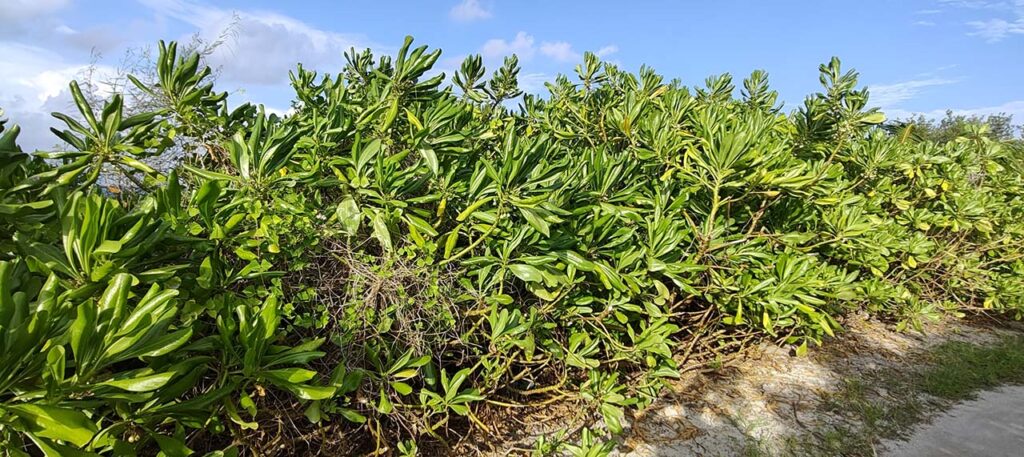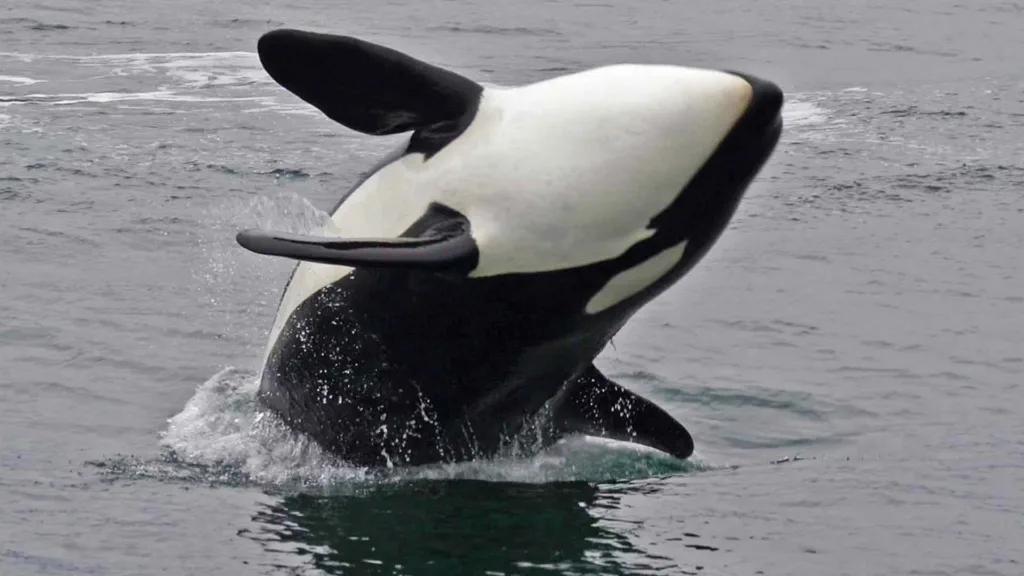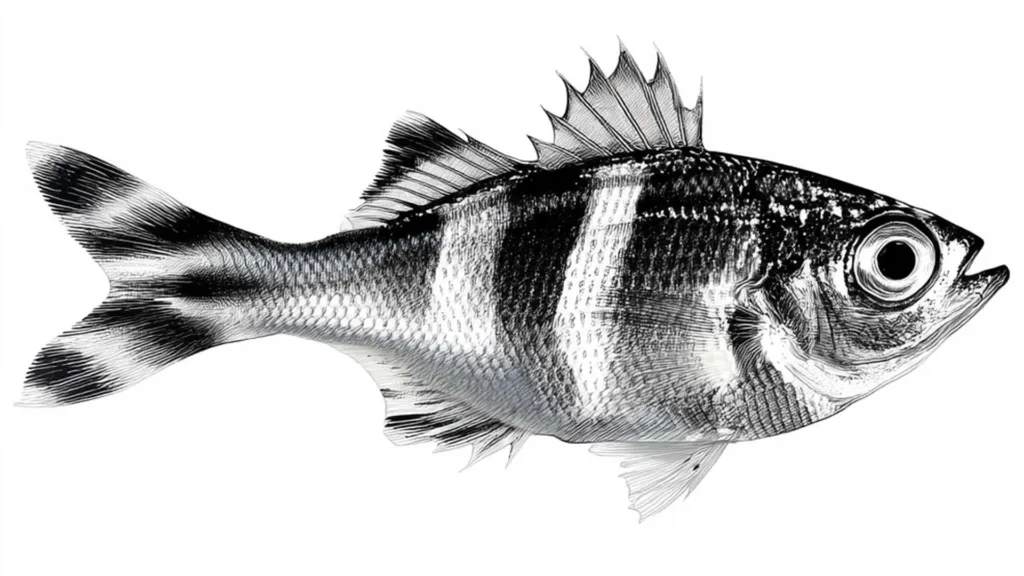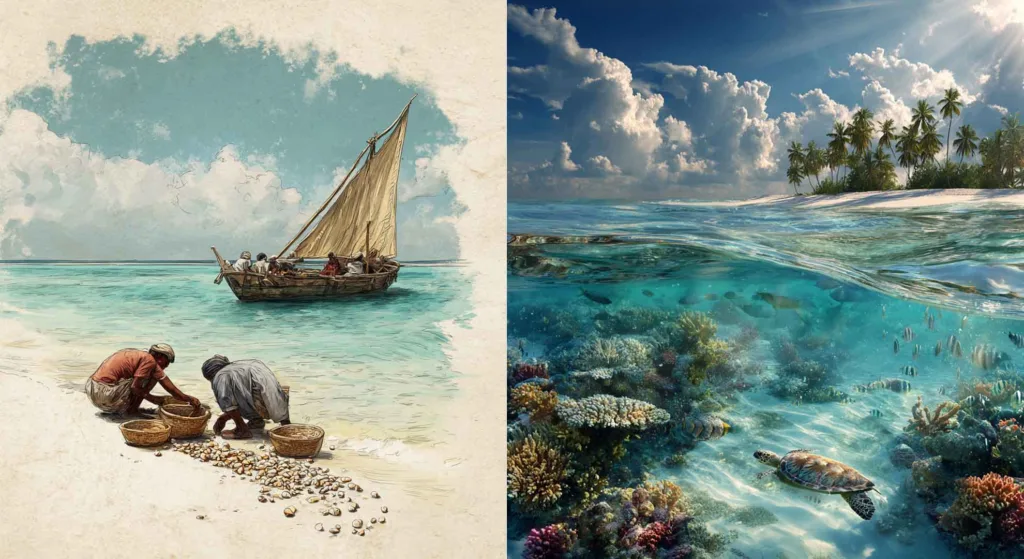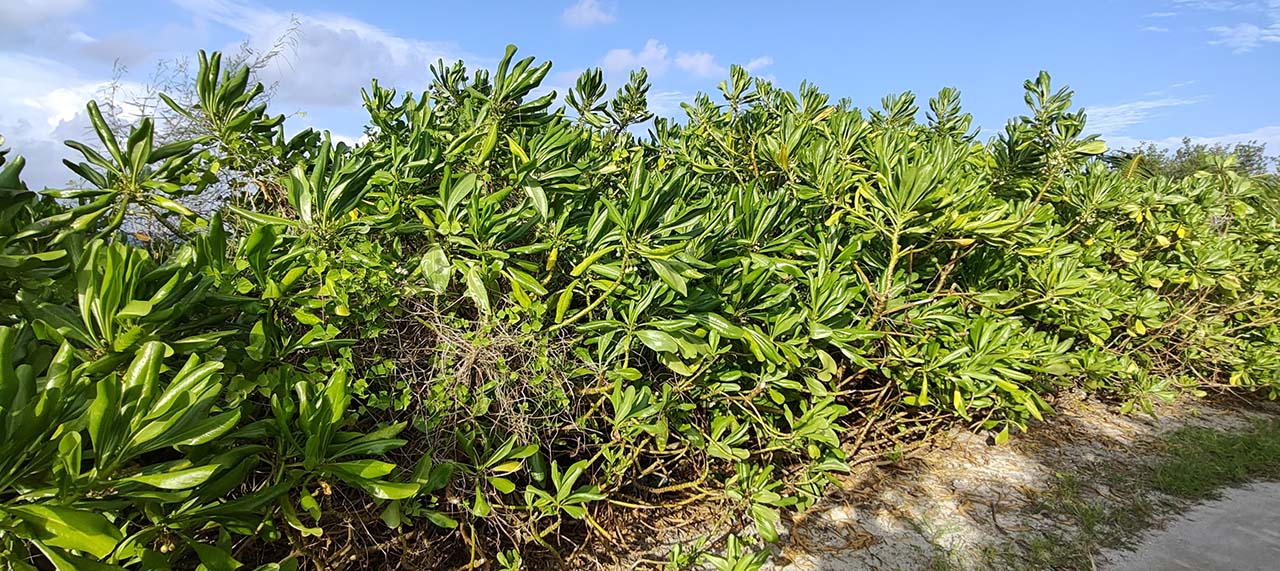
Gifted with white sandy beaches and turquoise waters, the Maldives relies heavily on commodity imports of staple foods such as rice, wheat, and sugar throughout history. During World War II, travelling the route between Ceylon (now Sri Lanka) and the southern atolls’ annual trips to Colombo also halted. Few crewmen dared to travel to these destinations. In one such incident the Japanese submarine attacked and destroyed a Maldivian trading vessel, Yaahonbaraas. The Maldivian islands were isolated. Trade was disrupted. Famine loomed across the country. Clothing, fabrics, and food were in extremely short supply. The Japanese naval attack on Ceylon in early 1942 had brought the prospects of all-out war in the Indian Ocean closer than ever.
Gifted with white sandy beaches and turquoise waters, the Maldives relies heavily on commodity imports of staple foods such as rice, wheat, and sugar throughout history. During World War II, traveling the route between Ceylon (now Sri Lanka) and the southern atolls’ annual trips to Colombo also halted. Few crewmen dared to travel to these destinations. In one such incident, the Japanese submarine attacked and destroyed a Maldivian trading vessel, Yaahonbaraas. The Maldivian islands were isolated. Trade was disrupted. Famine loomed across the country. Clothing, fabrics, and food were in a scant supply. The Japanese naval attack on Ceylon in early 1942 had brought the prospects of all-out war in the Indian Ocean closer than ever.
People had been driven by hunger to eat the roots of the ubiquitous sea lettuce (magoo) plants that grow by the sea. We were lucky this plant was nature’s gift for us. The government ordered people to eat the leaves of the tree heliotrope (Boshi) and sea lettuce (magoo). Leaves of magoo had to be cooked for a long time to eliminate the sour taste that it has. They ate it with grates of tender coconut and finger millet (bimbi). Some people also ate the cooked leaves alone. Dhiyaa hakuru (sugar made from coconut sap) and grated tender coconut was also used along with these leaves.
The sea lettuce is an abundant plant in the Maldives. This is an erect, spreading, evergreen shrub with somewhat succulent, dense leaves, and the soft, wooded stems make this a perfect hedging or screening plant that flowers and fruits throughout the year.
The plant has fleshy green leaves and a ‘split’ flower. It grows on rocky shores and sandy beaches where it is tolerant of salty spray, although its roots don’t actually tolerate regular flooding by seawater. The plant has antibacterial, antifungal, anti-inflammatory, analgesic, CNS depressant, anticancer, sunscreen, antimycobacterial, and antiviral properties.
Traditional houses also used sea lettuce for rafters and roofing strips. People consider sea lettuce a ‘famine food’, consuming its leaves during periods of food scarcity. People also use it as firewood and for handicrafts. People have applied the leaf juice medicinally to reduce swelling and eye infections. In addition to its ornamental value, people use it to stabilize soil and protect it from wind and salt spray.
